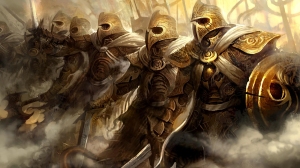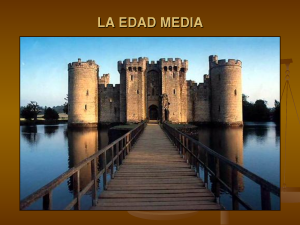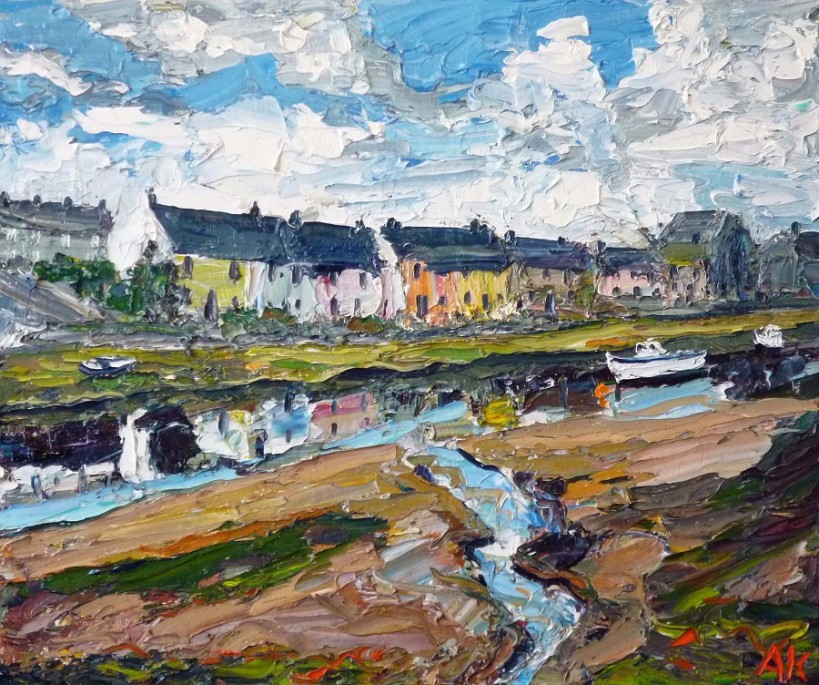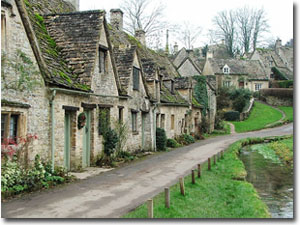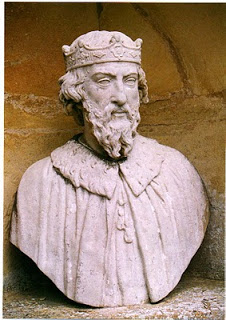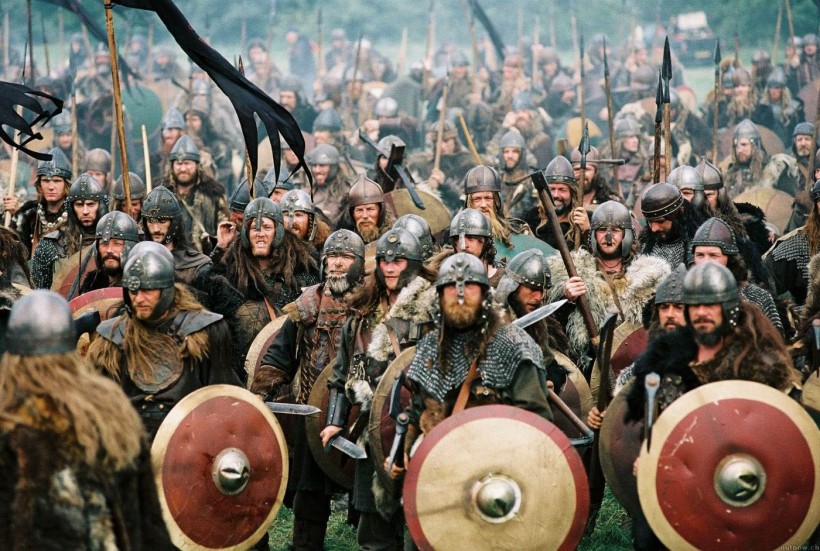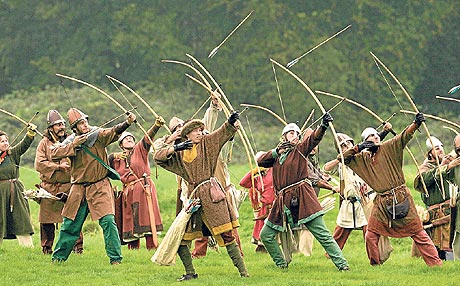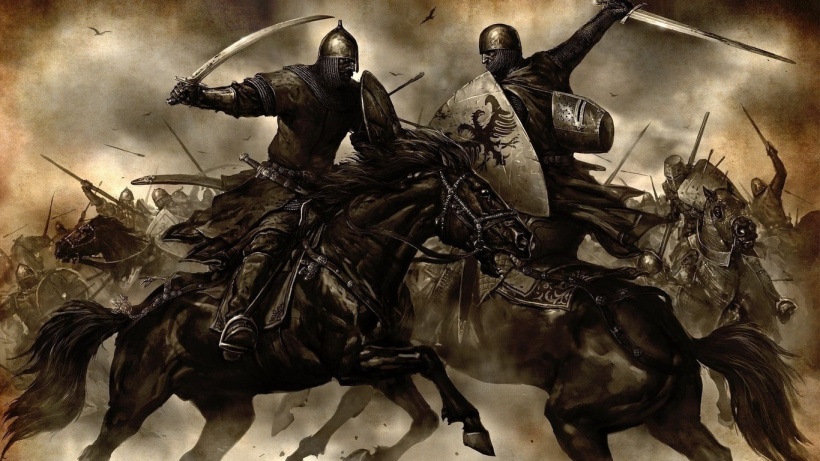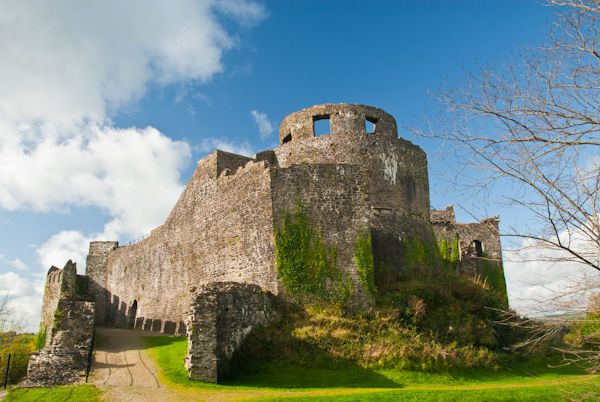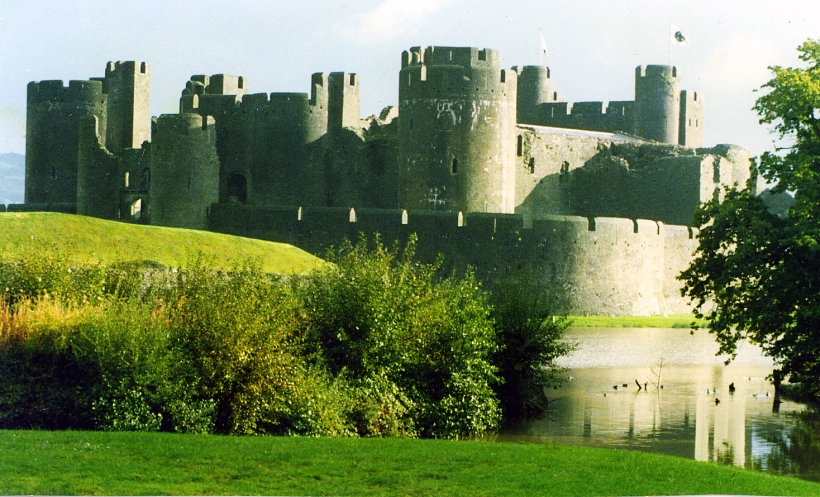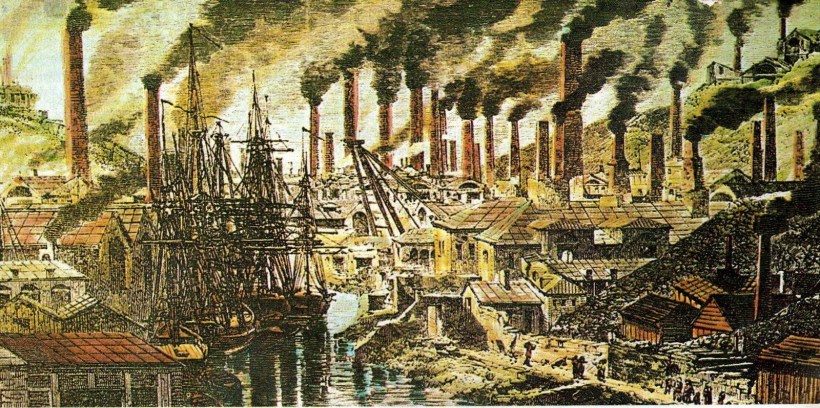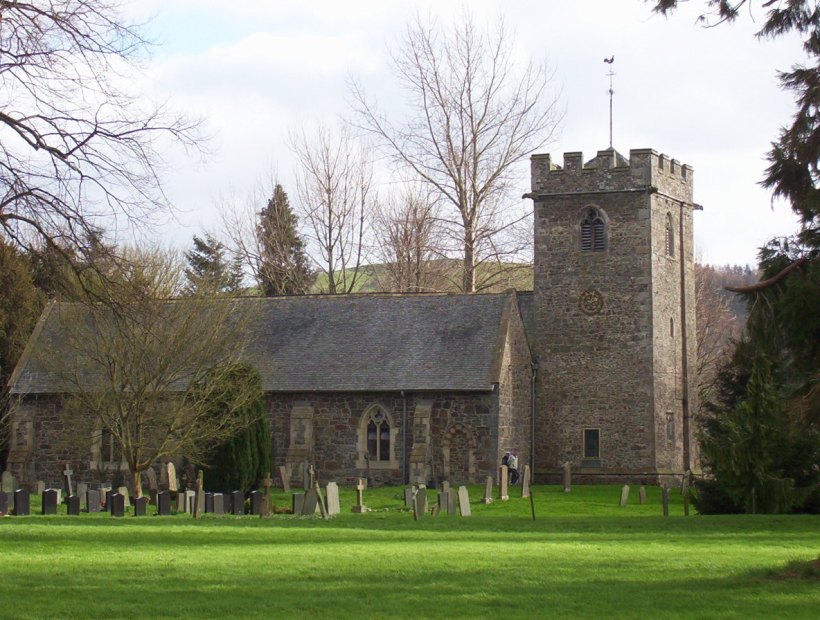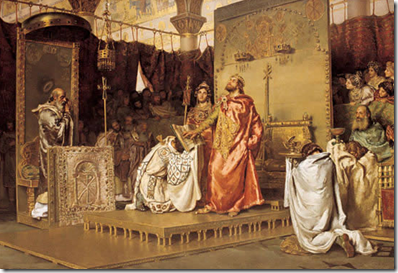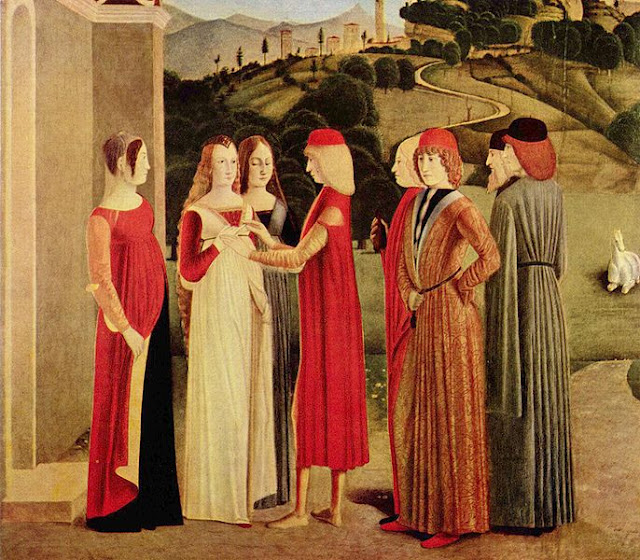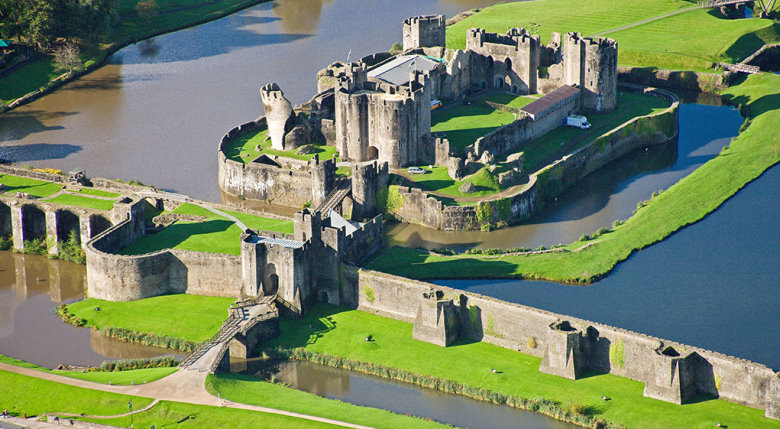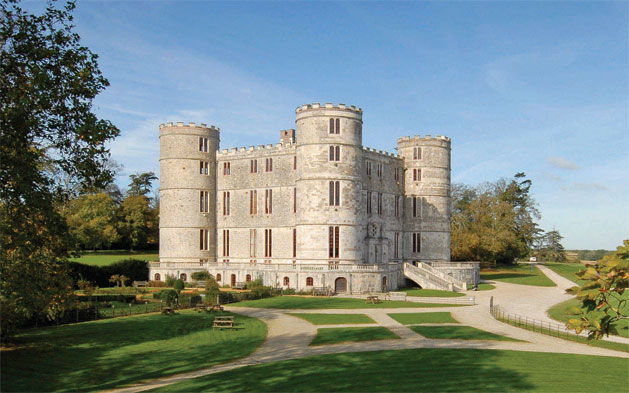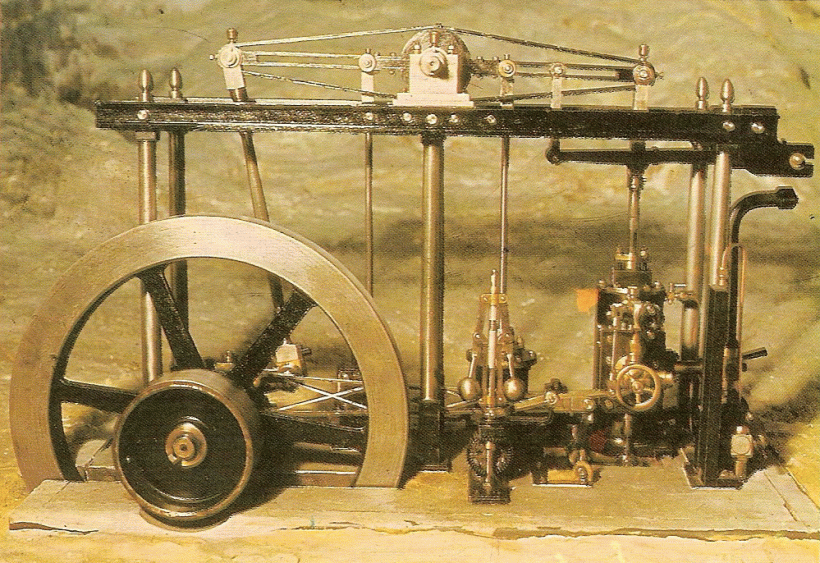ESPAÑOL INGLÉS
PALABRA Ó FRASE Nº XXXII
‘DAÑAR’ verbo (estropear) TO DAMAGE: la humedad ha dañado los libros,
the damp has damaged the books.
‘DAÑARSE’ verbo TO HURT: Se ha dañado el tobillo,
he’s hurt his ankle.
Historia medieval
El reino de los pictos (con sede en Fortriu hacia el siglo VI) experimentó un importante desarrollo durante la Edad Media, quizás como respuesta al propio imperialismo romano.10 Un hito importante en esta lucha por la supervivencia y la ampliación fue la batalla de Dunnichen (685), en la que los pictos derrotaron a las tribus de Northumbria durante el reinado de Bridei III (671–693). El reinado de Óengus I (732–761) fue igualmente un periodo de consolidación para el reino picto.11 El reino de los pictos ocupaba en esta época, según la descripción de Beda el Venerable, una extensión similar a la que después ocuparía el reino de los escotos durante el reinado de Alejandro I (1107–1124). Sin embargo, ya en el siglo X, el reino picto fue dominado por una cultura de origen gaélico, estableciendo el mito de la ascendencia irlandesa de la dinastía real de Cináed mac Ailpín (Kenneth MacAlpin o Kenneth I).12 En los siglos siguientes, partiendo desde su territorio original en el este de Escocia, al norte del fiordo de Forth y al sur del río Oykel, el reino picto logró controlar las tierras del norte y del sur. Hacia finales del siglo XII, los reyes de Alba habían añadido a su territorio el área angloparlante del sureste de Escocia y dominaban también las zonas de Galloway y Caithness; al final del siglo XIII, este reino se había extendido hasta alcanzar la extensión aproximada de la Escocia actual.
Sin embargo, ciertos procesos culturales y económicos iniciados en el siglo XII iban a hacer que durante la Baja Edad Media Escocia adquiriera rasgos bien diferentes. El principal impulso a esta transformación se produjo durante el reinado de David I de Escocia, que inició lo que se conoce como la Revolución davidiana. Esta es la época en la que se introduce el feudalismo en Escocia, se reorganizan las formas de gobierno y se fundan las primeras ciudades y pueblos con fueros propios (los llamados burghs). Estas instituciones, así como la inmigración de caballeros y clérigos franceses y anglo-franceses, facilitaron un proceso de “ósmosis cultural”, durante el cual los territorios meridionales y costeros del reino de Alba se convirtieron en angloparlantes, como ya lo eran muchas de las tierras recién conquistadas en el sur; el resto del reino, en cambio, siguió conservando la lengua gaélica.13
La muerte de Alejandro III en 1286, seguida por la de su nieta Margarita I, rompió la línea sucesoria de la dinastía reinante. Esto llevó a la intervención de Eduardo I de Inglaterra, quien puso en el trono a su protegido Juan de Balliol. Cuando su relación se deterioró, se produjo un intento de conquista por parte de Inglaterra, que fue rechazado por William Wallace en la Guerras de independencia de Escocia. Por su parte, Robert the Bruce, conde de Carrick, se proclamó Rey de Escocia con el nombre de Roberto I de Escocia. La guerra con Inglaterra duró varias décadas, y la guerra civil entre los partidarios de la dinastía de Robert the Bruce (quien aseguraba ser descendiente de David I) y los partidarios de los Balliol, apoyados por Inglaterra, duró hasta mediados del siglo XIV. Pese a que la dinastía Bruce fue la vencedora, la ausencia de descendientes de David II permitió a su sobrino, Roberto II, ascender al trono y situar en él a la dinastía Estuardo.14 Los Estuardo gobernaron Escocia durante el resto de la Edad Media, un periodo de prosperidad que va desde el final del siglo XIV hasta la Reforma Protestante, pasando por el Renacimiento. Pese a ello, las luchas con Inglaterra continuaron, así como la división interna entre las Tierras Altas o Highlands y las Tierras Bajas o Lowlands. 15
=============================EN INGLÉS==============================
Medieval history
The Kingdom of the Picts (based in Fortriu to the sixth century ) underwent significant development during the Middle Ages , perhaps in response to own imperialism Roman . An important factor in this struggle for survival and expansion milestone was the battle of Dunnichen ( 685 ), in which the Picts defeated the tribes of Northumbria during the reign of Bridei III ( 671 – 693 ). The reign of Óengus I ( 732 – 761 ) was also a period of consolidation for the Pictish kingdom. The kingdom of the Picts occupied at this time, as described by the Venerable Bede , an extension similar to that after occupy the kingdom of the Scots in the reign of Alexander I ( 1107 – 1124 ). However, already in the tenth century , the kingdom Pictish was dominated by a culture of origin Gaelic , establishing the myth of descent Irish real dynasty Cináed mac Ailpín (Kenneth MacAlpin or Kenneth I). In the centuries following, starting from their original territory in the east of Scotland north of the Firth of Forth and south of the river Oykel , the Pictish kingdom was able to control the lands north and south. Towards the end of the twelfth century , the kings of Alba had added to their territories the English-speaking area of southeastern Scotland and also dominated the areas of Galloway and Caithness ; the end of the thirteenth century , the kingdom had extended up to the approximate extent of the current Scotland.
However, certain cultural and economic processes started in the twelfth century would do that during the Middle Ages Scotland acquired very different features. The main impetus for this transformation occurred during the reign of David I of Scotland , who started what is known as the Davidian Revolution . This is the time in which is introduced feudalism into Scotland, forms of government and reorganize the first cities and villages are based charters themselves (called burghs ). These institutions and the immigration of knights and clerics French and Anglo-French, facilitated a process of “cultural osmosis”, during which the southern and coastal areas of the kingdom of Alba became English speakers already do many of the newly conquered lands in the south; the rest of the kingdom, however, still retained the language Gaelic .
The death of Alexander III in 1286 , followed by that of his granddaughter Margaret I broke the line of succession of the reigning dynasty. This led to the intervention of Edward I of England , who put on the throne to his protege John Balliol . When their relationship deteriorated, there was an attempt at conquest by England , which was rejected by William Wallace in the Wars of Scottish Independence . For his part, Robert the Bruce , Earl of Carrick , King of Scotland was proclaimed by the name of Robert I of Scotland . The war with England continued for several decades, and the civil war between supporters of Robert the Bruce dynasty (who claimed to be a descendant of David I ) and supporters of Balliol, supported by England , lasted until the mid- fourteenth century . Although the Bruce dynasty was successful, the absence of descendants of David II allowed his nephew Robert II , ascended the throne and put him to the dynasty Stuart . The Stuarts ruled Scotland for the remainder of the Age Media , a period of prosperity from the end of the fourteenth century until the Protestant Reformation , through the Renaissance . Nevertheless, the struggle with England continued, and the internal division between Highlands or Highlands and Lowlands Lowlands or.


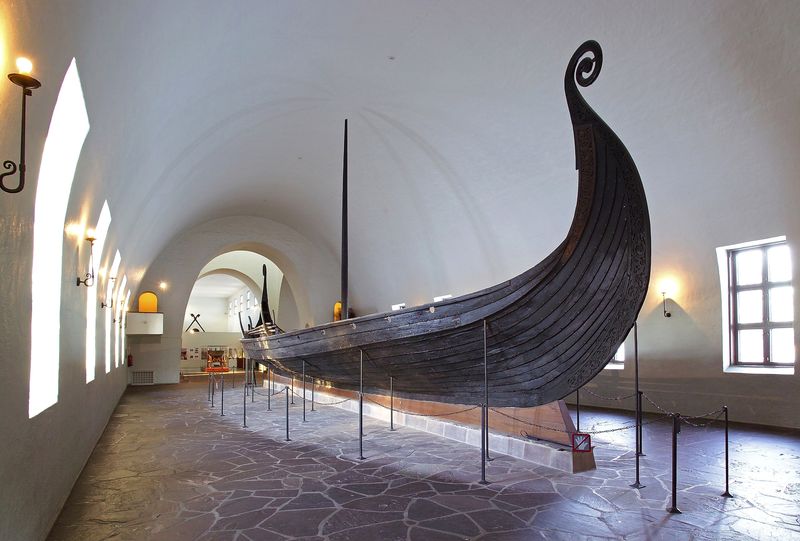
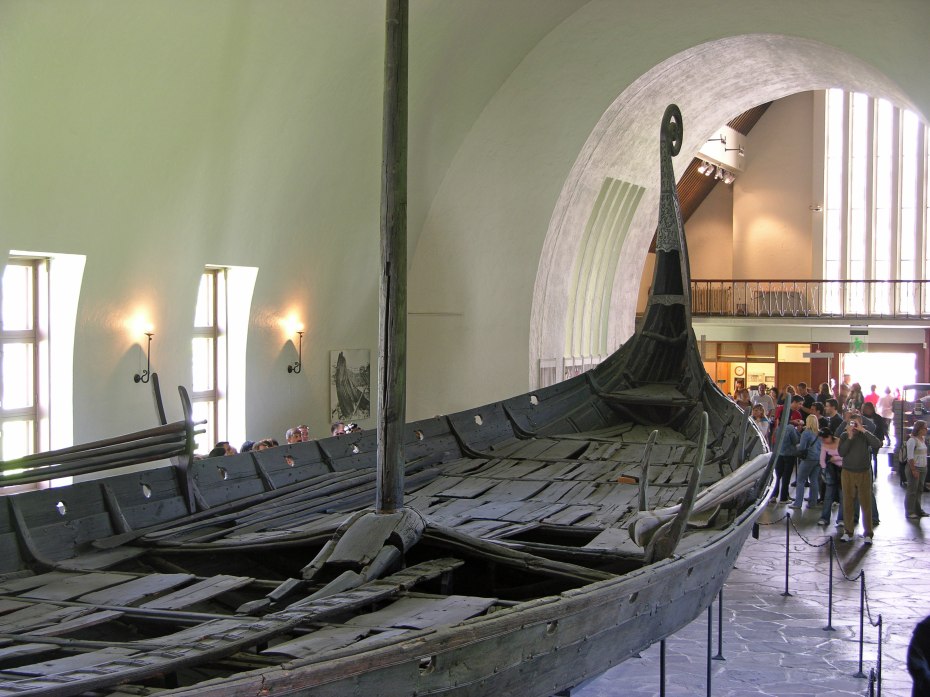
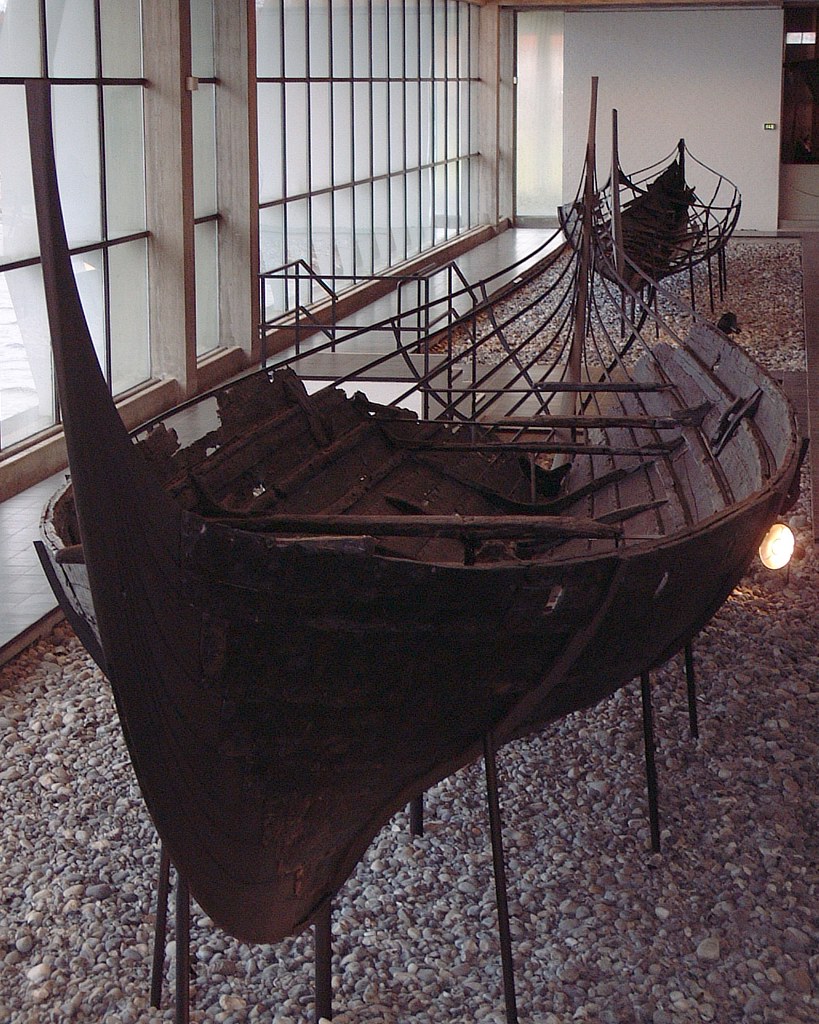

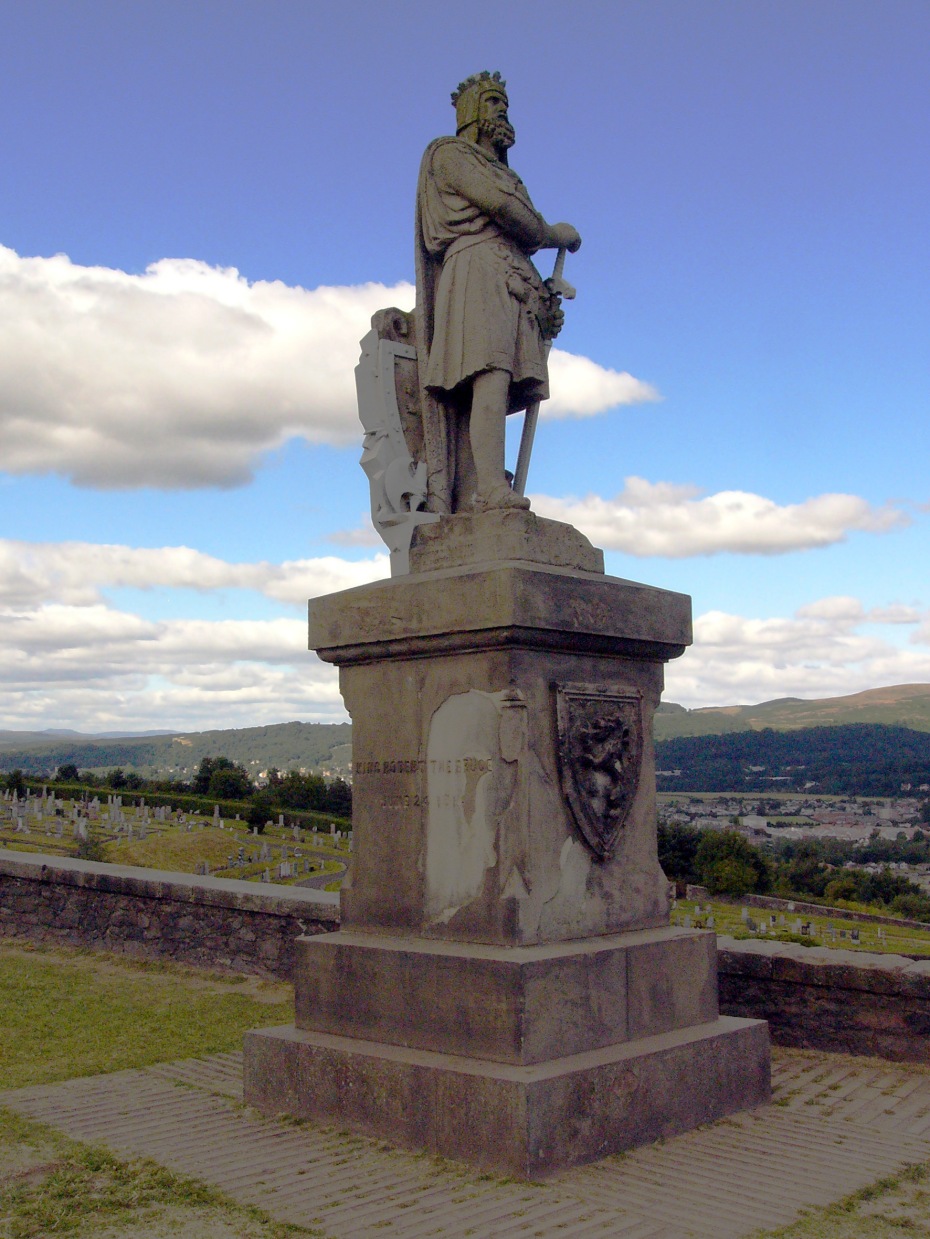


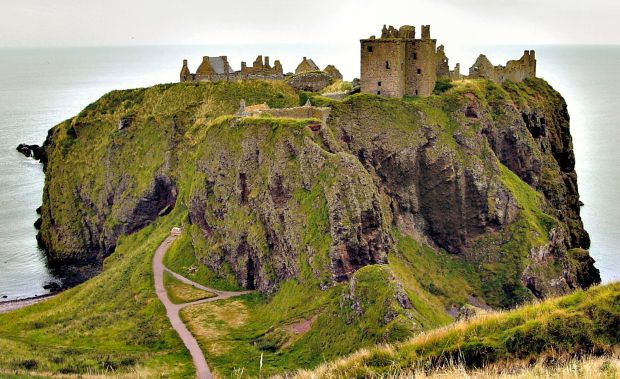
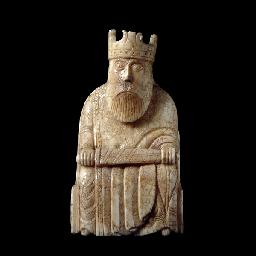
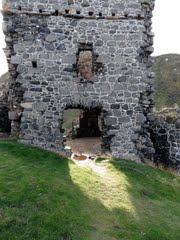
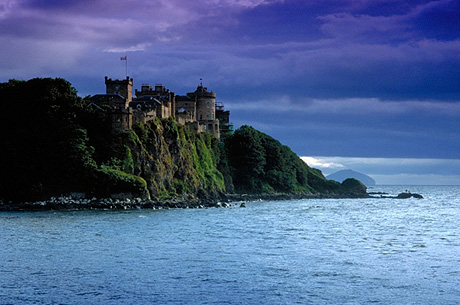
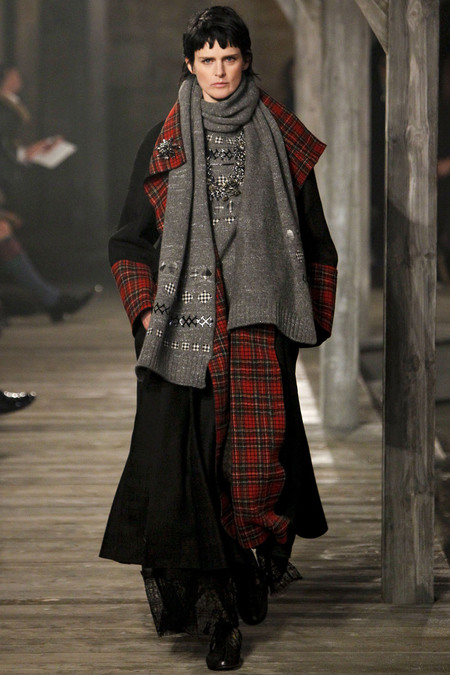

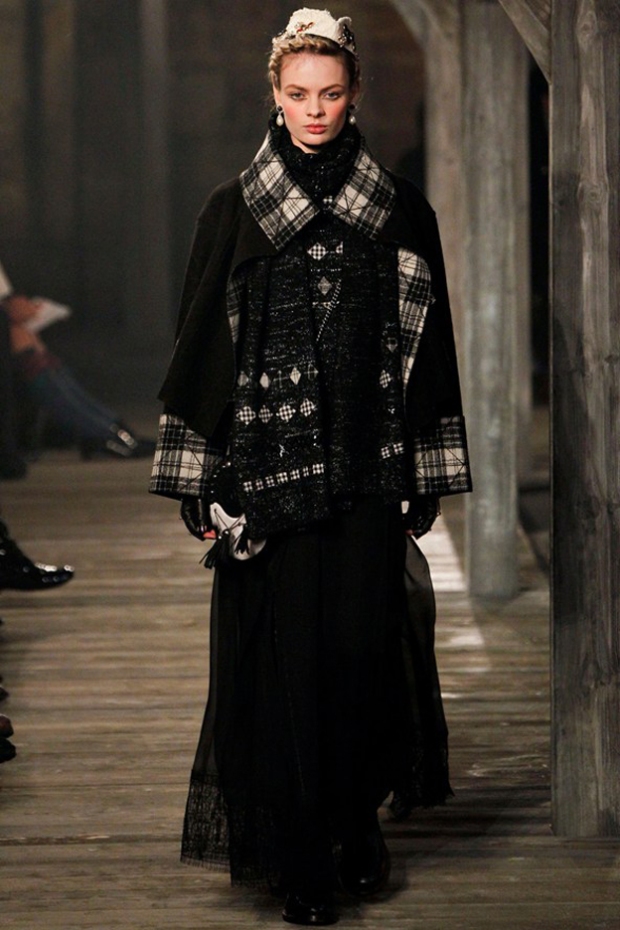
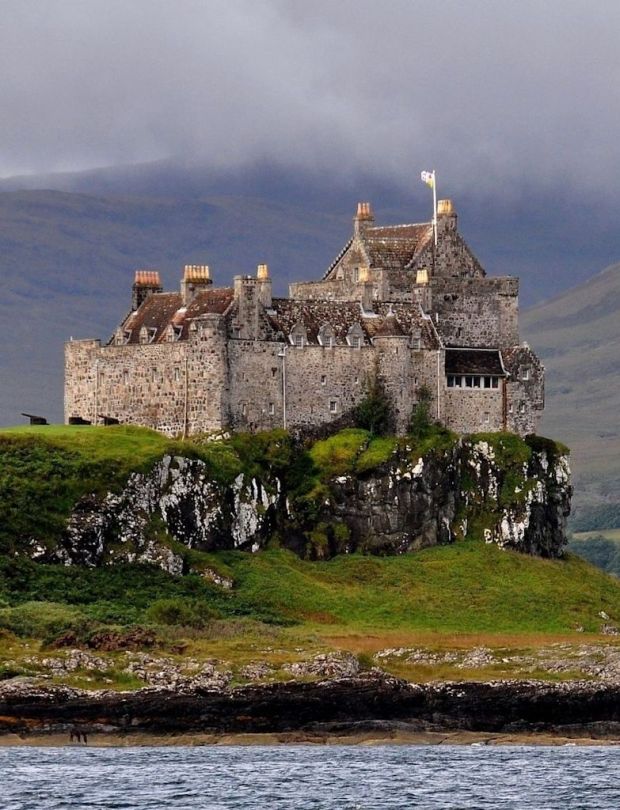
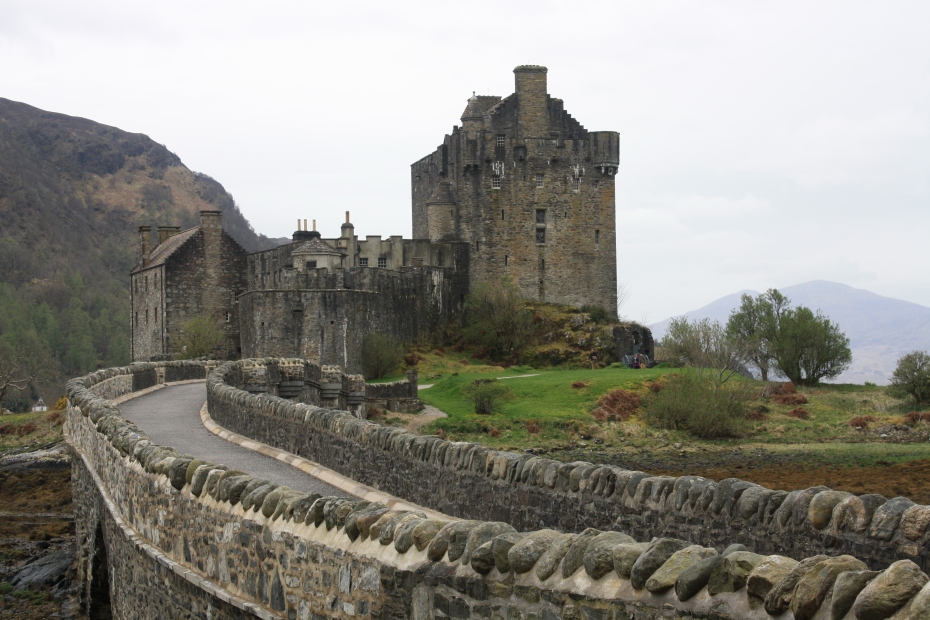
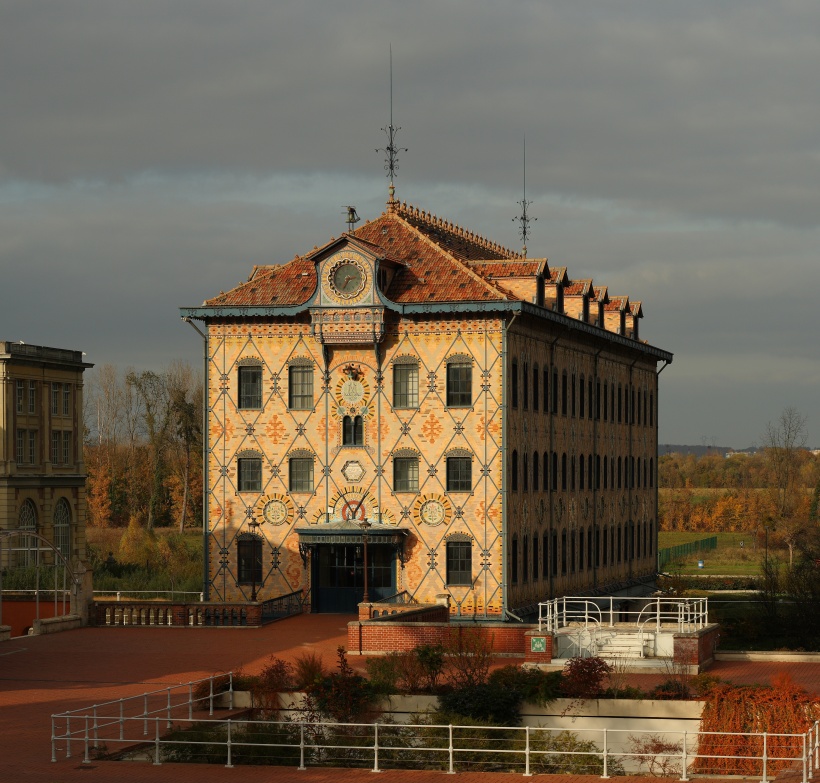
![3[WALES]A](https://oxfordenglishblog.files.wordpress.com/2014/04/3walesa.jpg?w=820&h=521)
